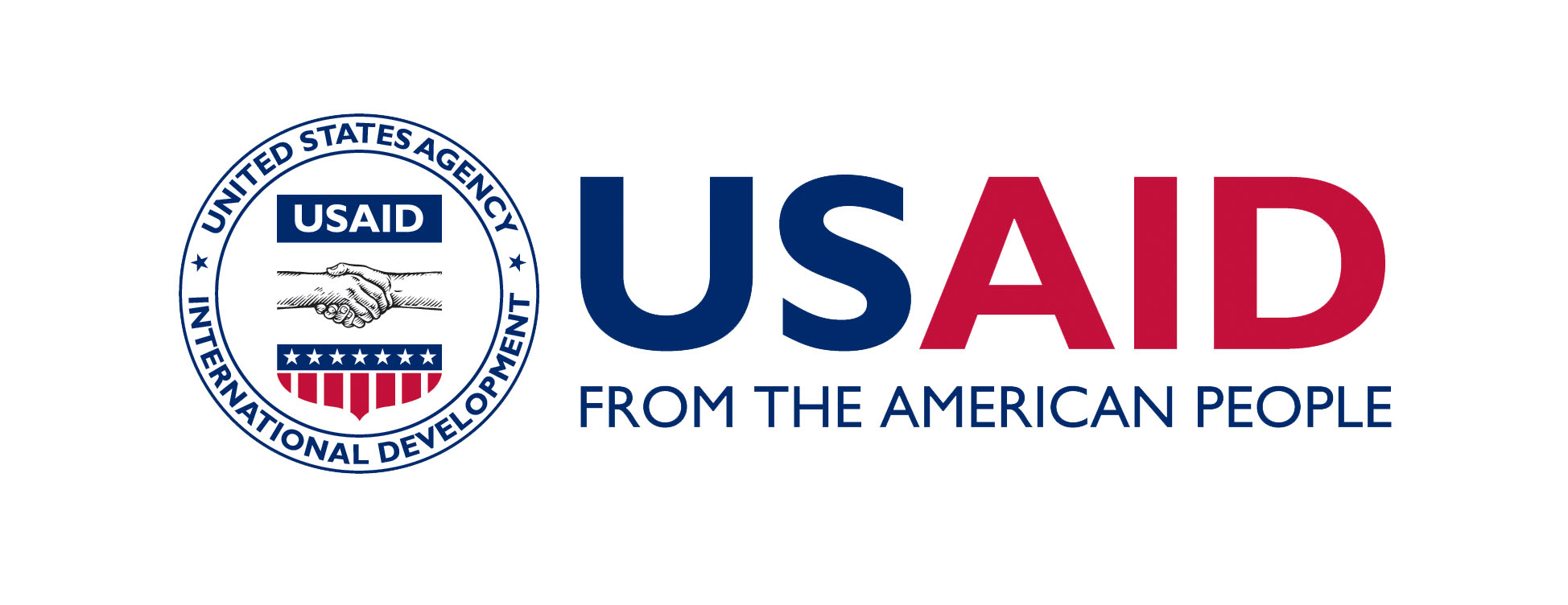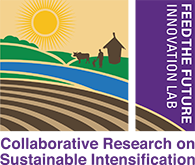
Climate and weather conditions have strong influence on crop growth and production. Smallholder farmers in developing countries are particularly vulnerable to extreme weather events or climate variability. Access to local climate information enables researchers and decision makers to make better decisions in terms of finding favorable climatic conditions for growing crops or managing risks. In general, weather stations serve as an important and dependable source of climate conditions (historical or current). However, the density of the stations is low in developing countries, and regions situated far from a station lack reliable weather information. It is often seen that a single weather station is serving data to multiple subnational units. In such cases, a spatially continuous climate data could be a better choice to fill in the information gap between sparsely located stations.
Hijmans et al., in 2005, generated a high resolution interpolated gridded climate surface for global land areas (excluding Antarctica) known as ‘WorldClim version 1’. It included long-term average monthly temperature and precipitation. The data was produced at 1km2 spatial resolution to capture environmental variation that can be lost at lower spatial resolutions, particularly in areas with steep climate gradients. With support from the Feed the Future Innovation Lab for Collaborative Research on Sustainable Intensification (SIIL), Fick and Hijmans (2017) refined and expanded the previous version of the WorldClim database, which is referred to as the ‘WorldClim version 2’ database and are available for download from http://worldclim.org/version2. No other freely available dataset currently provides this information at spatial resolution finer than 1km2 in a consistent manner. Observations from more than 60000 weather stations across the world and multiple satellite-derived data for the period of 1970-2000 were utilized to update the current estimates of monthly temperature and precipitation and create new estimates for monthly solar radiation, wind speed and vapor pressure at 1km2 spatial resolution.
The WorldClim version 2 will be useful for various modeling frameworks related to agricultural and ecological applications, including: estimation of yield potential and gap in a cropping system; estimation of growing degree days and temperature seasonality; spatial targeting of intensification and implementing adaptation and interventions options based on current climate variability; modeling threats related to potential spatial distribution of agricultural pests and invasive species; and refinement of global agroecological zone boundaries. The database will also provide baseline information for agricultural and climate drought monitoring. Future work will focus on creating high spatial resolution global climate model output using WorldClim version 2. It was found that the satellite-derived covariates only marginally improved the quality of the WordClim predictions, which highlights the importance of a dense network of high-quality weather stations. As a result, the GFC started supporting installation and maintenance of weather stations in multiple SIIL focus countries (Senegal, Burkina Faso, Cambodia).
Author:
Dr. Aniruddha (Ani) Ghosh, University of California, Davis
References:
Hijmans RJ, Cameron SE, Parra JL, Jones PG, Jarvis A. 2005. Very high resolution interpolated climate surfaces for global land areas. International Journal Climatology 25: 1965–1978. http://dx.doi.org/10.1002/joc.1276.
Fick, S. E. & Hijmans, R. (2017). WorldClim 2: new 1-km spatial resolution climate surfaces for global land areas (pp.1-14). International journal of climatology, 00, Wiley Online. doi: http://dx.doi.org/10.1002/joc.5086.


